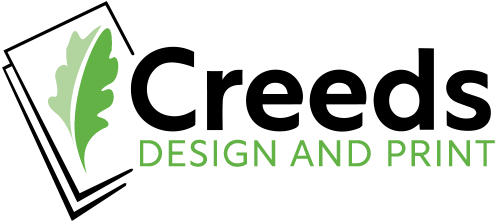Here at Creeds we are often asked to explain the difference between lithographic and digital print.
Here’s a handy explanation to help you decide which method is best for your requirements:
Lithographic printing (also known as ‘litho’ or ‘offset’)
Litho printing is ideal for medium to long runs (e.g. books, magazines, brochures, business stationery etc.) and delivers high quality print with excellent registration and a flatter finish. The initial set up for litho printing is quite involved (preparing and printing plates, inking up the press etc.) however, once the set-up is complete, the press can reach fast speeds. As this process uses inks, drying time is required which makes this a longer process.
This method involves the creation of flexible plates. Colour work is often printed as four colour process – this separates the image/text into four colours CMYK: C (cyan), M (magenta), Y (yellow) and K (black – the key colour) – together, these plates make up the image/text to be printed. The plates are fixed in position on the printing press and the inked image is transferred onto the paper. Alternatively, if you are after a specific colour you can choose a pantone ink (or spot colour), alongside standard colours, metallic inks are also available if you are after something extra special.
Litho printing is also the method used during the thermography process (raised ink). This is because wet inks must be used in order for the raising process to work.
Digital printing
Digital printing avoids the need for printing plates and instead prints directly onto the paper using toners rather than inks. Digital printing is more cost-effective for short runs as less set up time is required. We find it’s a great choice for community organisations and small businesses who might not have a large print requirement.
Digital printing is more eco-friendly than lithographic printing as it does not use printing plates or chemicals and requires less paper for machine set up. As toner dries instantly, digital print offers a quicker turnaround time. Digital printing is also ideal if you require a print run using variable data as it is possible to customise each print unit. For example, you can print different names on wedding cards in a single batch.
The verdict
In a nutshell, if you’re looking for customised prints and small or multiple batches, digital printing is the way to go, whereas if you’re looking to order larger quantities or require spot colours lithographic printing is more suited to your needs.
At Creeds we offer both of these printing methods and our helpful team will always take the time to understand your needs and provide the most suitable print solution. Call us: 01308 423411.

